Since debut,
the Ninja has remained true to its roots as a
standard-bearer of innovation.
In the 1970s and 1980s, manufacturers around the world were engaged in a fierce competition to develop more powerful motorcycles with larger displacements. In 1984, one motorcycle entered the scene and made history—the Ninja (the Japanese GPz900R). It was loaded with cutting-edge technologies, including such notable features as Kawasaki’s groundbreaking 908 cc liquid-cooled in-line four DOHC 16-valve engine, mounted on a light, compact chassis, as well as side cam chains and a diamond frame.
These lavish technological features, coupled with the Ninja’s unique, aerodynamically superior styling, completely redefined the norm for motorcycles and made it an instant global success. The Ninja/GPz900R was a best-selling model for 20 years, and still has many fans around the world. The Ninja became Kawasaki’s flagship brand, and its name has been inherited by the numerous models that came after it.
The ideal motorcycle for Kawasaki is one that offers a safe ride and the utmost joy for all riders, whether on the circuit, highway, city streets or winding roads. The Ninja has continually challenged the accepted wisdom for 30 years to become the standard-bearer of innovation in motorcycles. This lineage of challenge, so to speak, continues to the present day as an inherent quality of each Ninja.
-
1984
Ninja/GPz900R
1984
Ninja/GPz900R
The Ninja marked a stunning debut.
It came with a state-of-the-art 908 cc liquid-cooled in-line four DOHC 16-valve engine mounted on a light, compact chassis, with astonishing power and incredible handling.
It was named the Motorcycle of the Year around the world.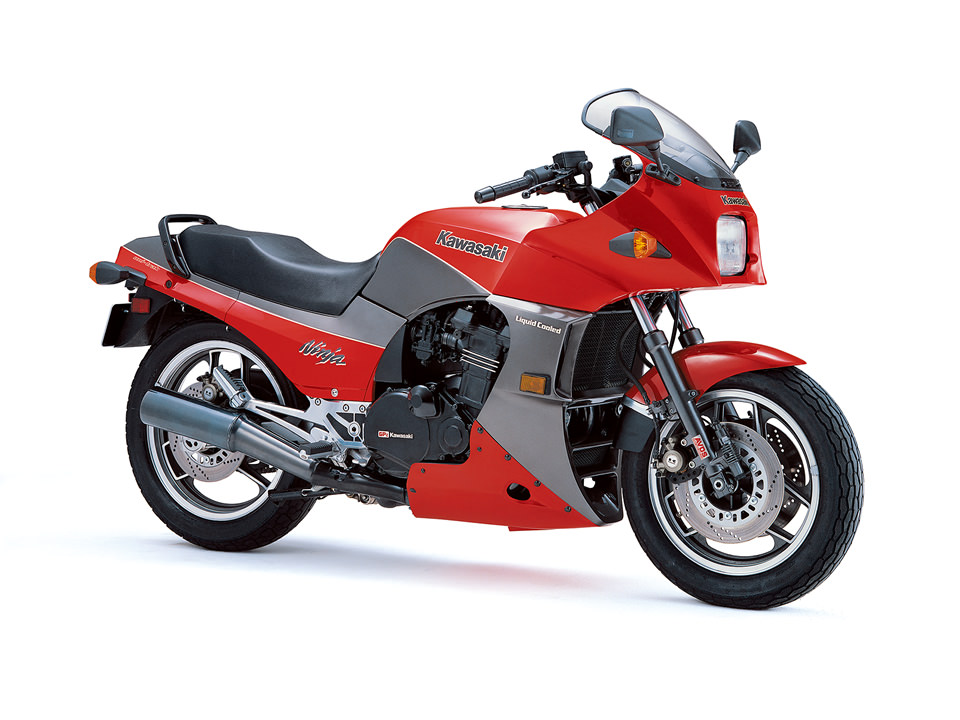
-
1990
Ninja ZX-11/ZZ-R1100
1990
Ninja
ZX-11/ZZ-R1100Featuring a 1,052 cc high power engine, this flagship model became the first commercial motorcycle to adopt a ram-air system.
This cutting-edge system, combined with excellent aerodynamic properties, made it the world's fastest motorcycle at the time.
-
1996
Ninja ZX-7R
Ninja ZX-7RR1996
Ninja ZX-7R
Ninja ZX-7RRThis model took circuits around the world by storm with its newly designed aluminum perimeter frame and short-stroke, high-rpm engine.
Its brilliant performance on the circuit left a lasting mark.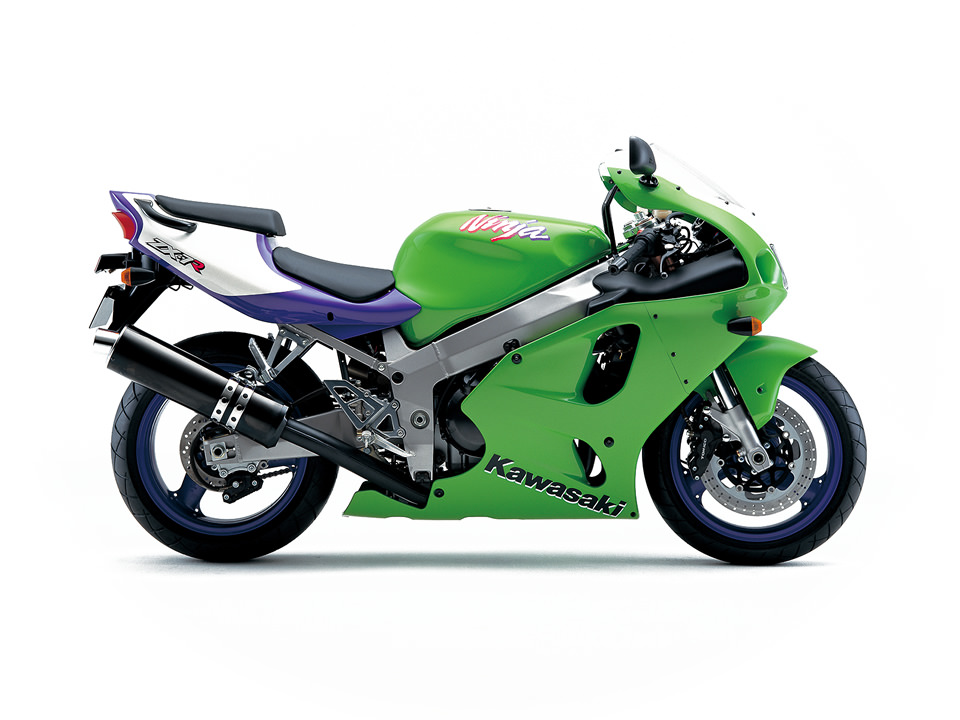
-
2000
Ninja ZX-12R
2000
Ninja ZX-12R
This was the first production model to adopt a monocoque aluminum frame.
An innovative machine featuring an engine with amazing power, it also introduced many new technologies.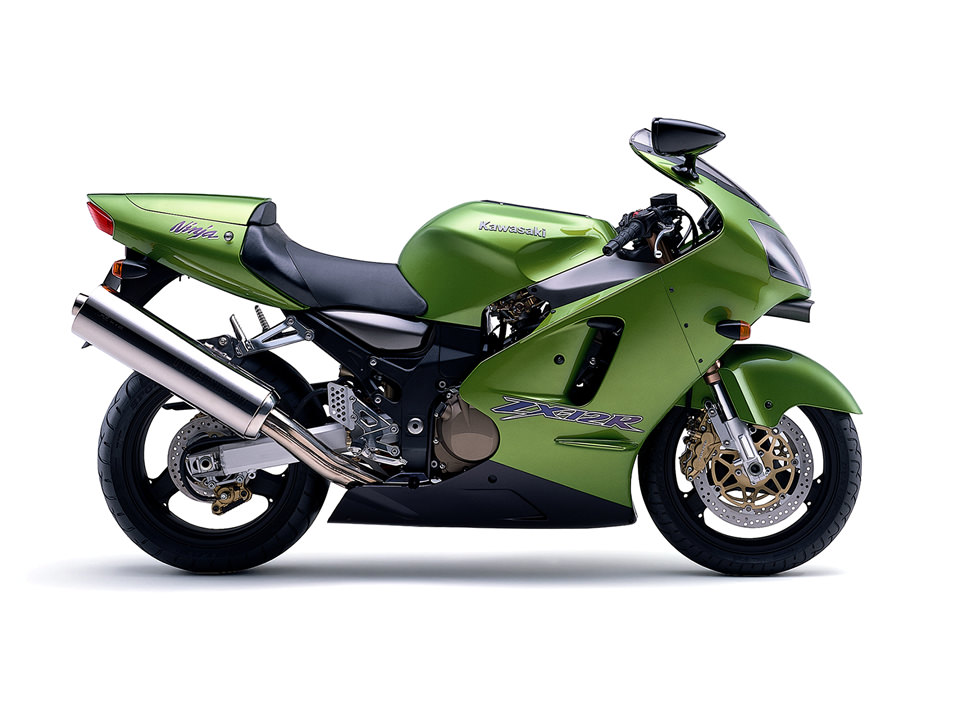
-
2004
Ninja ZX-10R
2004
Ninja ZX-10R
This model came equipped with a powerful engine yet had a body weight of less than 170 kg.
Boasting an astonishing power-to-weight ratio, its performance on the circuit was equally outstanding.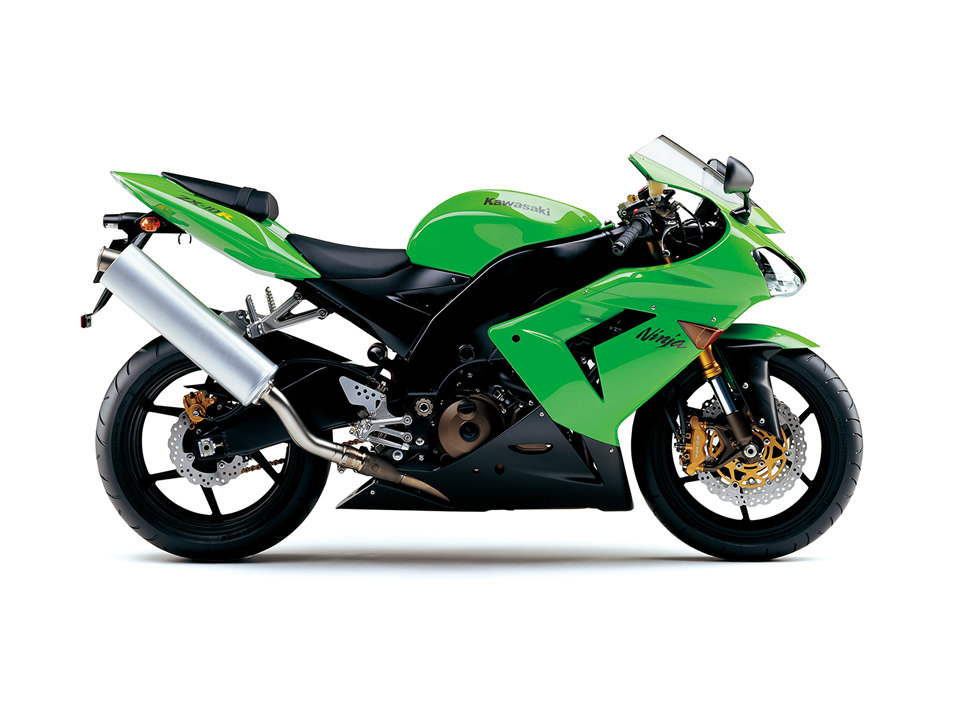
-
2008
Ninja 250R
2008
Ninja 250R
This model featured a liquid-cooled parallel twin DOHC 8-valve engine on a compact chassis.
It became a favorite among riders around the world, both as an entry model in developed markets and a high-end model in emerging countries.
-
from2011
Ninja ZX-10R
from 2011
Ninja ZX-10R
This is a best-in-class supersport model loaded with the latest in technology.
Its superior quality was demonstrated when it won the series champion title in the 2013 World Superbike Championship.
-
from2012
Ninja ZX-14R
from 2012
Ninja ZX-14R
This model, Kawasaki’s latest flagship, strikes an optimum balance between awe-inspiring power and handling and comes loaded with state-of-the-art technologies.

-
from2014
Ninja 250SL
from 2014
Ninja 250SL
This latest ultra-lightweight sport model features a slim, compact body and a newly designed trellis frame, encasing a high-rpm, liquid-cooled single-cylinder DOHC four-valve engine.
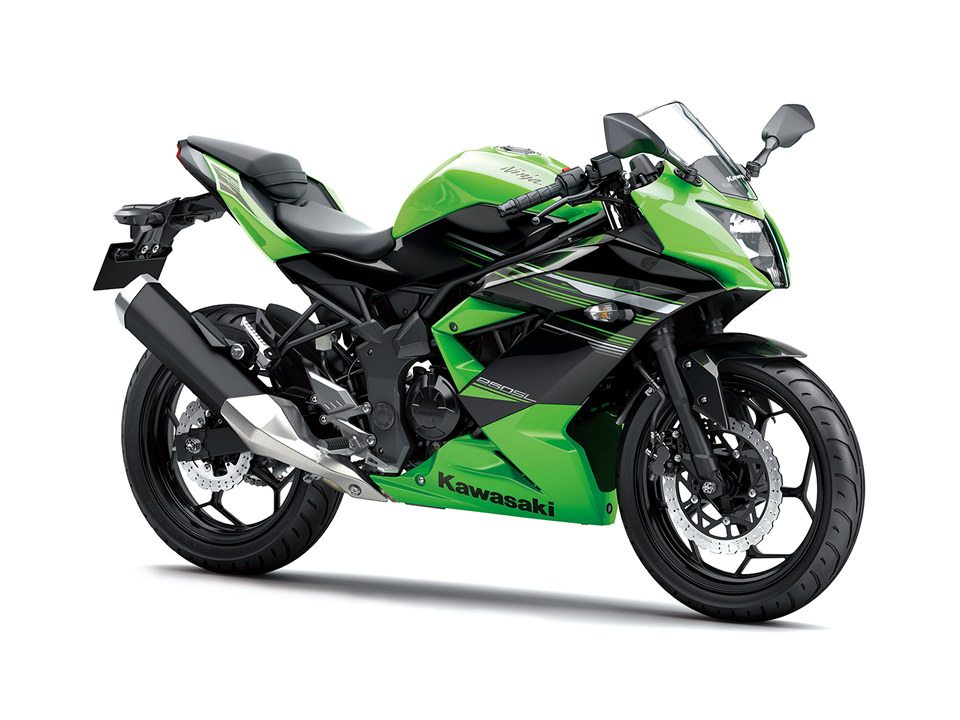
-
from2015
Ninja H2R
from 2015
Ninja H2R
The crystallization of unique technology and craftsmanship, through many years of motorcycle experience and the implementation of technologies used in aerospace, gas turbines, gas engines, and other industrial fields.




